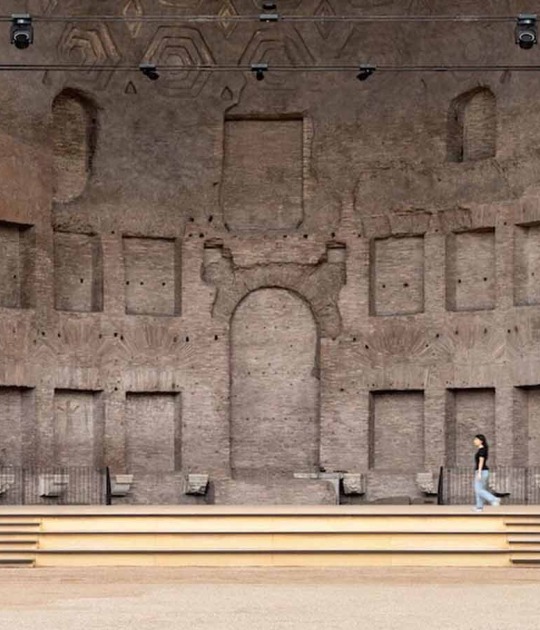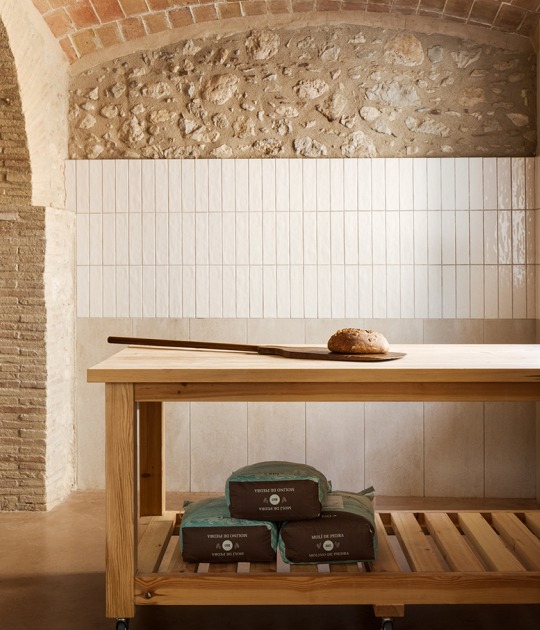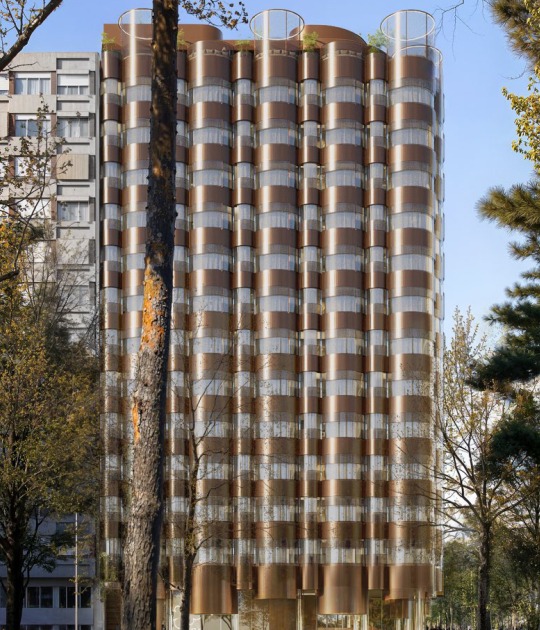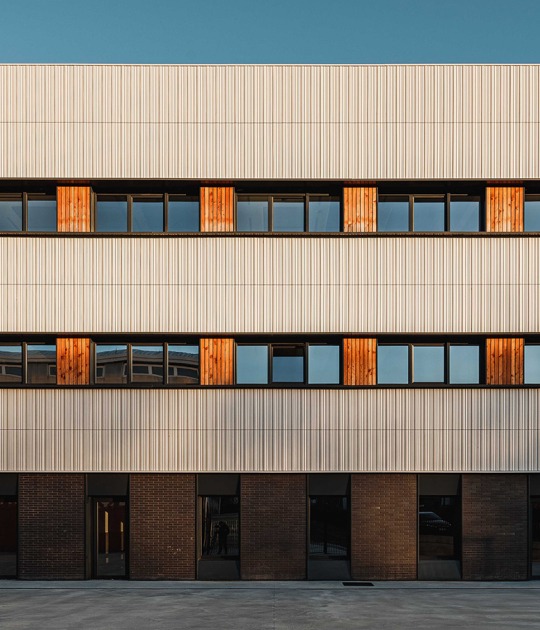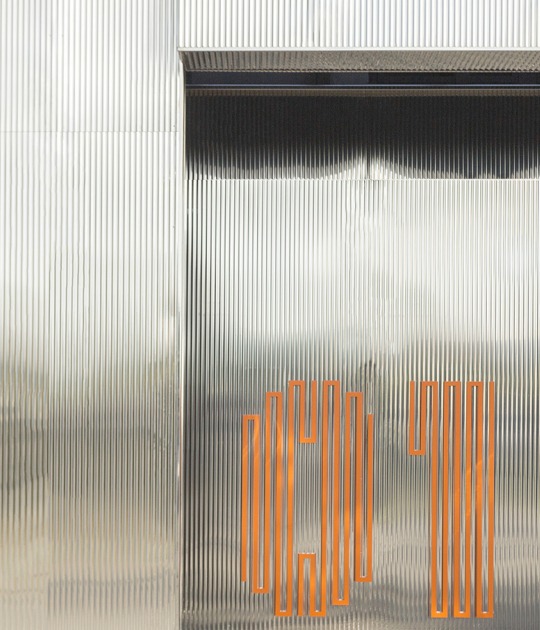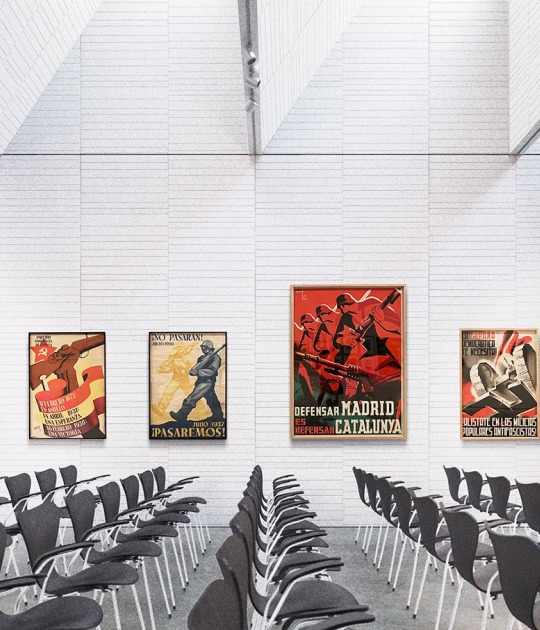The renovation developed by RED Arquitectos locates the commercial spaces on the ground floor of the building, three residential apartments on its first floor, and a last commercial space in a metal box suspended over the backyard, which also becomes a space for public use and entertainment.
The renovation project manages to establish a dialogue between this new suspended volume, built using steel and concrete, and the old building, which maintains its original facade, avoiding large moldings, murals, or other architectural elements alien to the original language of the building, avoiding that the project is transformed by taking a new baroque conception and forgetting its past.
Description of project by RED Arquitecto
Traspatio is a community project. It is about the rehabilitation of historical elements and contemporary intervention of a 19th century building in the Historic Center of the city of Puebla. Converting it from an abandoned space into a mixed-use project whose program consists of three apartments on the top floor of the house and commercial spaces on the ground floor. The side patio and the backyard of the house becomes a space for public entertainment use and is where the intervention of a flown metal box for commercial use is located.
In Puebla, the old houses of a certain degree of nobility had a central patio, as well as the government buildings –it is an inheritance of colonial architecture– but the term “Traspatio” (backyard) had a more popular connotation. Derived from the backyard economy, that is, the lady who in this area of the house had the chickens, where her husband also had the carpentry workshop. This is the case of this house, it corresponds by location in the historical grid to a merchants' house, and where workshops, exhibitions, gastronomic demonstrations are currently held, it is a meeting point.
As it is a popular space by past vocation, from the neighborhood and for the same reason, the materials they used are of this nature simple and silent. The space had already been erroneously intervened; therefore, an attempt was made to rescue the original language as much as possible. We do not use the large moldings, or the large murals, or architectural elements that do not correspond to the historical language. We speak with respect, considering it would be a mistake to turn this house into a baroque conception, forcing discourses, when really the neighborhood is what it speaks, it is telling us around us what materials and what objects are.
Two buildings also dialogue in the space: a contemporary steel and concrete box (which seeks to emulate the cages on the roofs where clothes are laid) located at the back of the space and the old building, of which the original facade was kept. Backyard maintains a constant respect, not only inwards, but also outwards.
The concept of open doors is another essential of the project, so that everyone who passes can see that patio in which they want everything to happen. These doors will open to “show people history, that we can live together and we can be. Show history and those good spaces can and should be for everyone”.
































